Is Schloss Nymphenburg worth a visit?
Munich - Bavaria
Nymphenburg Palace - a Baroque masterpiece
Front entrance to Schloss Nymphenburg
A fairy-tale palace and garden
Formal symmetrical French style garden on the western side
The Bavarian Palace of the Nymphs, one of the largest royal palaces in Europe was built for Henriette Adelaide of Savoy, wife of Elector Ferdinand Maria as a gift after the birth of their long-awaited son Max Emanuel. Building commenced in 1664. The royal court of Munich used Schloss Nymphenburg as a summer retreat and was already well known across Europe by the 1700’s.
Under the reign of Elector Max Emanuel (1680 to 1726) the palace grew to its current size.
Gardens in front of the palace on the eastern side
Agostino Barelli and Enrico Zuccalli designed the baroque palace with its façade of approximately 700 metres. At a later stage its rococo and neoclassical elements were added.
The palace was also home, at least for a short while, to King Ludwig II, the popular but eccentric ruler of Bavaria, who was born there in 1845. He was often known as the Swan or Fairy Tale King.
View of Schloss Nympenburg from the Grand Cascade to the palace
Is Schloss Nymphenburg worth a visit?
It could take you more than a day to tour through the palace in its entirety as well as its gardens. There is the palace itself, the park and in the park there are four smaller palaces to see as well. There is also the Marstall Museum, the Museum of Man and Nature, the Porcelain Museum and not forgetting the Botanical Gardens which is not part of the park.
We chose to do four of the above:
Tour of the main Palace (Schloss Nymphenburg)
Marstallmuseum (Museum of carriages and sleighs - South wing)
Porzellanmuseum München (Nymphenburg Porcelain museum - South wing)
Nymphenburg Park
Steinerner Saal - The Great Marble Hall
Tour of the Palace
With just under 400 years of history of the palace, its gardens and canals, there is too much to tell in a blog. Instead step back in time in your own mind and let your imagination run wild as you scroll through this blog ... just like mine did when I entered the palace grounds.
Ceiling in Steinerer Saal
Balcony overlooking the Great Marble Hall
Nymphenburg is opulent and flamboyant, befitting to a fairy tale prince or princess.
You might think Neuschwanstein Castle because of its notoriousness would be the palace of choice and of course it was, for Dysney’s purposes. I won’t deny its position and Romanesque architecture certainly confirms that, but when you enter the great marble hall – Steinerner Saal - of Schloss Nymphenburg you might change your mind. The light and airy bewitching hall is ideal for large gatherings and balls for monarchs and of course for magical charachters.
With generous sweeping stairs at the front and back I could imagine Cinderella losing her slipper as the clock struck midnight and when you’ve seen the coaches or sleighs in the Marstallmuseum, I am sure you will know what I mean.
Other parts of the palace:
Table in the Antechamber
Antechamber
Bedchamber
Queen's bedchamber – birthplace of King Ludwig II
King Ludwig II born in the Queen’s bedchamber
King Ludwig I - Gallery of Beauties
Writing cabinet redecorated Rococo style 1764
Marstallmuseum (Museum of carriages and sleighs)
As I entered the museum my fanciful thoughts didn’t change.
The southern building housed the King’s men and their horses at the impressive stables of Nymphenburg Palace during the summer months. Three hundred years of over forty coaches and sleighs with riding accessories that belonged to the Wittelsbachs are on display.
King Ludwig II saloon coach
Coronation Coach Emperor Karl VII
The French Rococo style Coronation Coach of Emperor Karl VII is extraordinary but even more so is the 19th-century state vehicles of King Ludwig II.
Garden calash
I had great delight envisaging the princes and princesses on a sleigh or calash while honing their skills to ride or drive a horse and carriage, as was expected of them. Apparently their carriages where drawn by large dogs or ponies and even sheep or goats around the gardens or even inside the palace! There certainly was enough room for that and don’t worry, the wheels were edged with felt to protect the floors.
Steps of Saloon Coach of the Bavarian King Ludwig II
Museum of Nymphenburg Porcelain – Bäuml Collection
Moving on to the porcelain display dated from the 18th to the 20th centuries, the exquisite handcrafted pieces continued to fuel my thoughts. In the past dainty figures and tableware decorated the tables and halls. Different styles are noticeable in the latter centuries.
Schloss Nymphenburg porcelain
Nymphenburg Park and garden
Since 1792 anyone could walk through the 200-hectare park. There is no entrance fee and is used freely by residents and tourists of Munich.
French style formal garden and statues
Steps leading down into the garden
Parts of the garden is designed in a formal and symmetrical French style and divided by a long western canal leading from the palace to the Grand Cascade, decorated with Greek and Roman gods, a statue of Isar on the right and Danube on the left.
Grand Cascades
There are many places to relax, whilst contemplating whatever your mind desires. The park grounds are huge and could easily take you an hour or two to walk the numerous winding paths through the forest. I can imagine a couple of princes and princesses getting lost, maybe intentionally!
I didn’t have a chance to relax, but I marvelled at the forethought that went into this vast property. I have dabbled a bit in garden design, so of course I could appreciate its timelessness that was as enchanting as the palace.
Park Palaces
There are four smaller pavilion-style palaces within the park, some quite hidden. Amalienburg, Badenburg, Magdalenenklause and Pagodenburg.
The grounds have remained virtually unchanged in their basic structure with canals, water features, fountains, cascades, streams and bridges.
Hot tip:
Bear in mind if you want to see the cascades and fountains, they are only running from Easter until beginning of October.
Did you know:
Have you heard of the ‘Turkish ditch’?
Canals were not only built for practical purposes to provide water for the palace but also for decorative purposes in the Court Garden. An entire system of feeder canals was constructed to provide water for the canals from the rivers.
Max Emanuel wanted a canal, nick named the Turkish ditch, to be a direct connection from Nymphenburg via the Georgenschwaige to Schleißheim. An enormous undertaking! This was never completed and filled in during the early 19th century. Although parts of the main canal are filled in and dry or overgrown, it is a unique canal system between Schleißheim, Nymphenburg and Dachau in Central Europe.
Hope you’ve enjoyed my factual and fabled tour through the palace and its park. On a windy day with leaves rustling on a breeze, if the nymphs could talk you might hear a more truthful version of interesting history.
One thing is for certain: Schloss Nymphenburg is worth a visit and all you can manage is a walk through the park, you won’t be disappointed. Even if it is in the heart of winter.
Useful information:
There are two official visitors’ cards: the Munich Card and the Munich City Pass. Munich Card holders are entitled to a reduced admission fee. If you own a Munich City Pass, the entrance is free of charge. No matter which card you choose, the public transport is included.
Step by step instructions on how to leave a comment on my blog:
Type in your comment in the comment box.
Click ‘Post Comment’
Briefly a message should appear saying you are not logged in, then a box with ‘Post a Comment’ will appear for you to complete with your name, email address and website URL (if you have one).
Fill in your first name and email address in the appropriate section. (Your email will not be made public and will not be used for any other purpose than for you to get a notification of a reply to your comment.)
Click ‘Comment as Guest’ and you’re good to go!
To subscribe to my blogs, please fill out the SUBSCRIBE form.
Thank you.
I know it is quite a process, but it helps keep our websites secure. Your email address will not be shared or displayed.

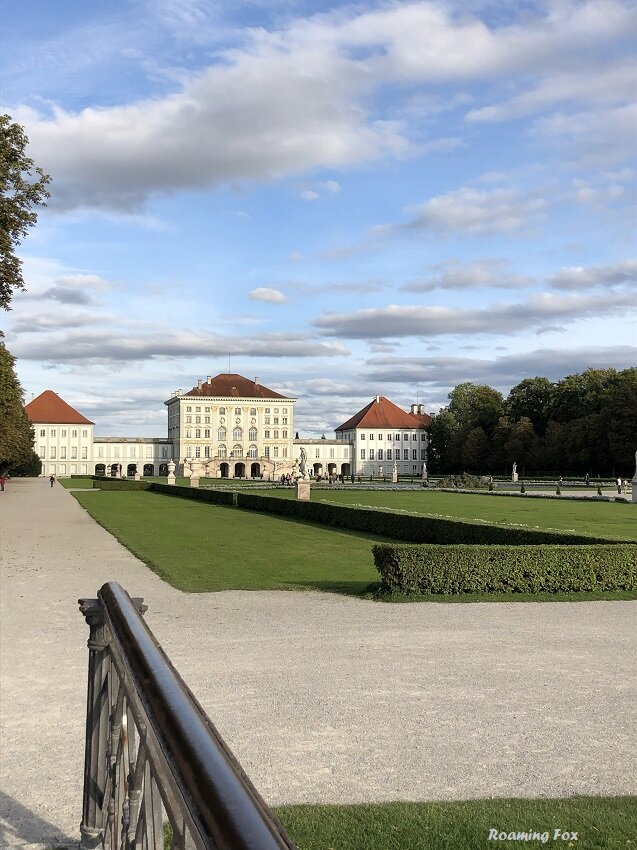


















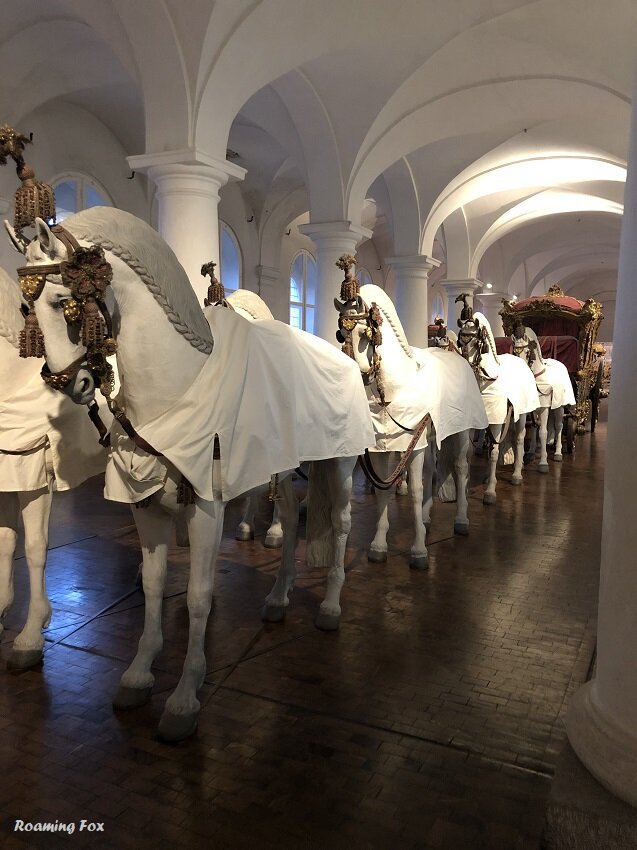








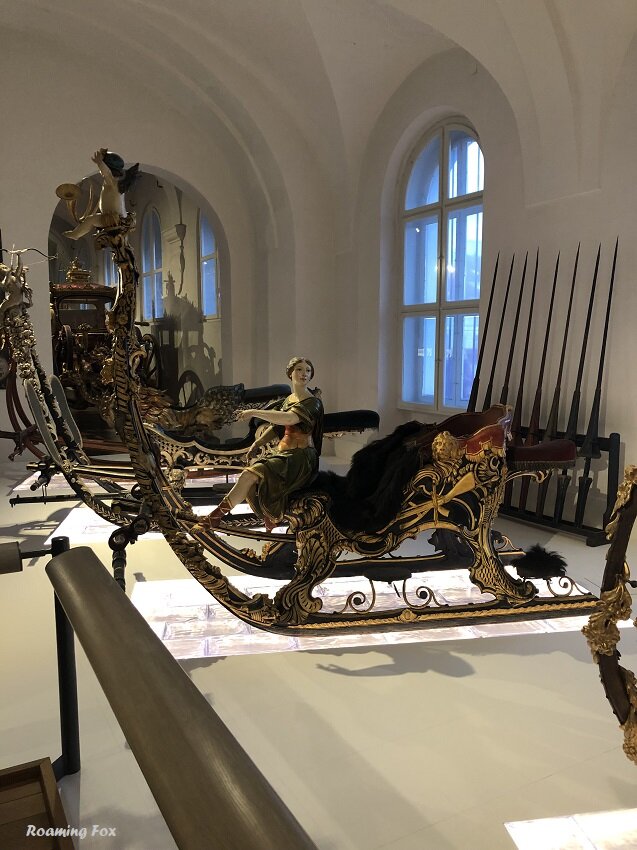














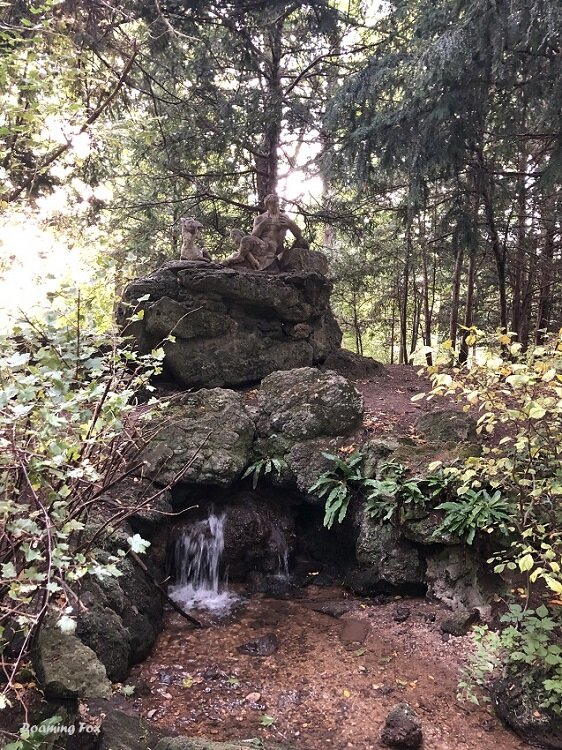



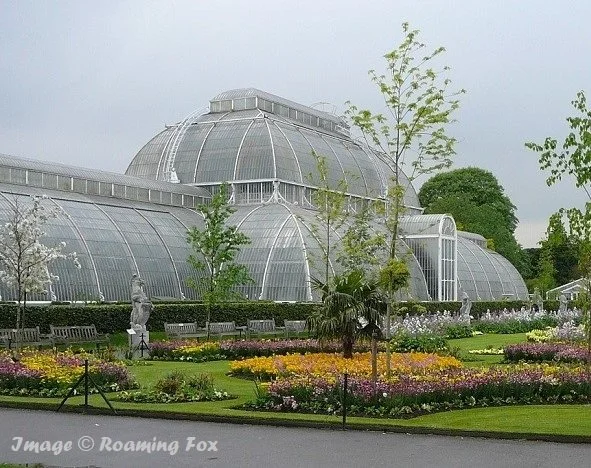


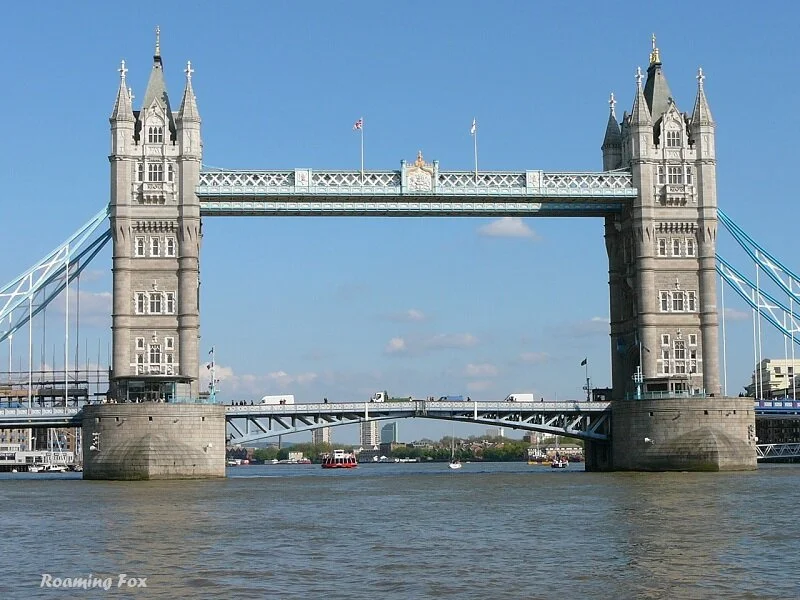

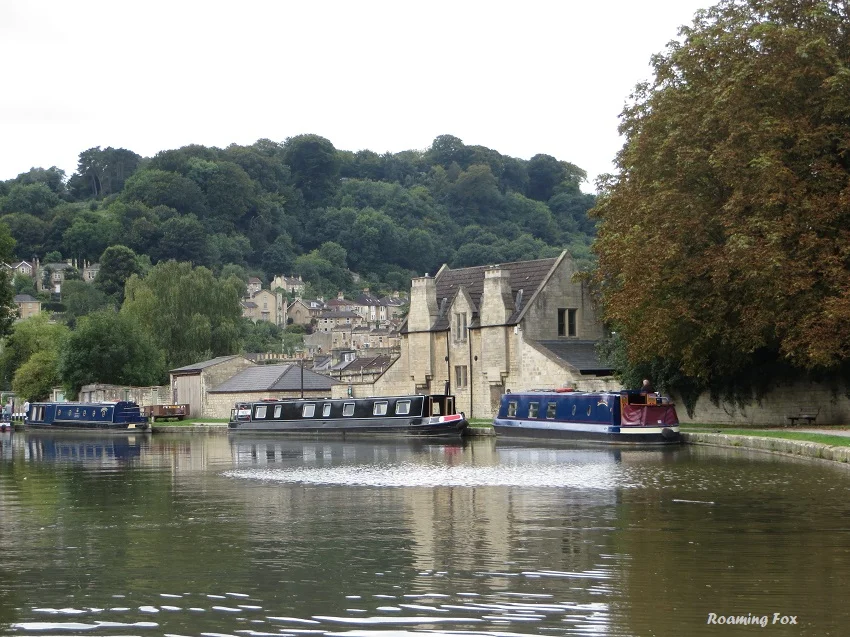

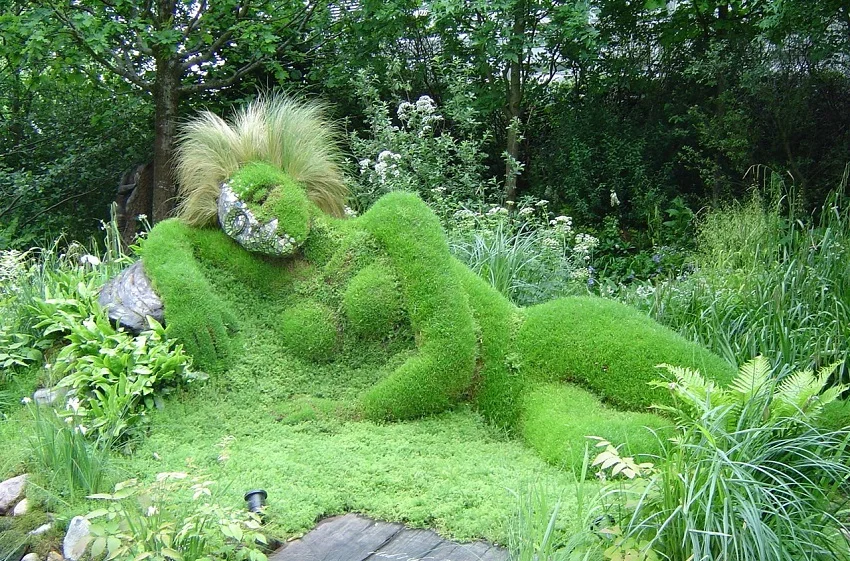
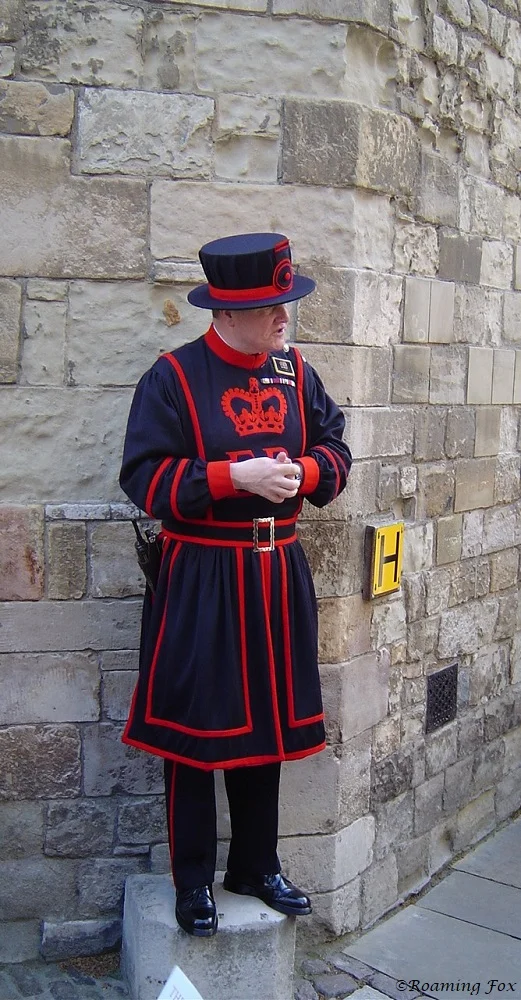

Visit HMS Belfast, look inside its many decks and experience a historic warship in London. Your stroll next to the River Thames at The Queen’s Walk near Tower Bridge will bring you to where the HMS Belfast is moored.